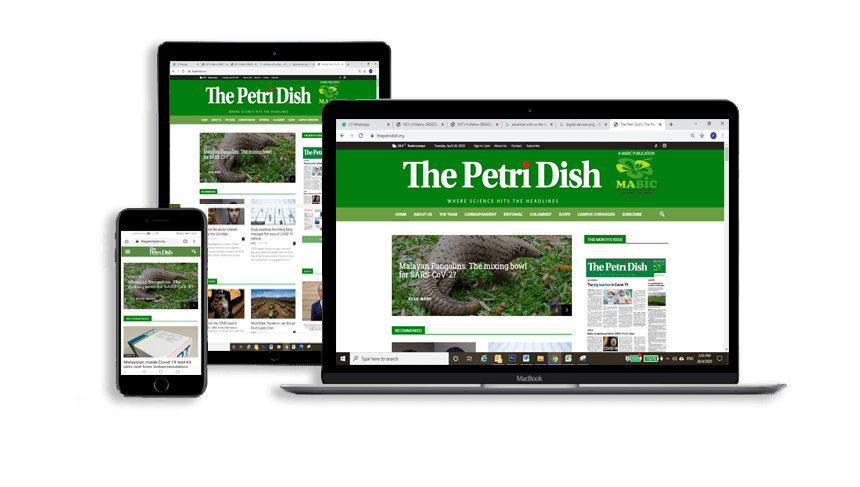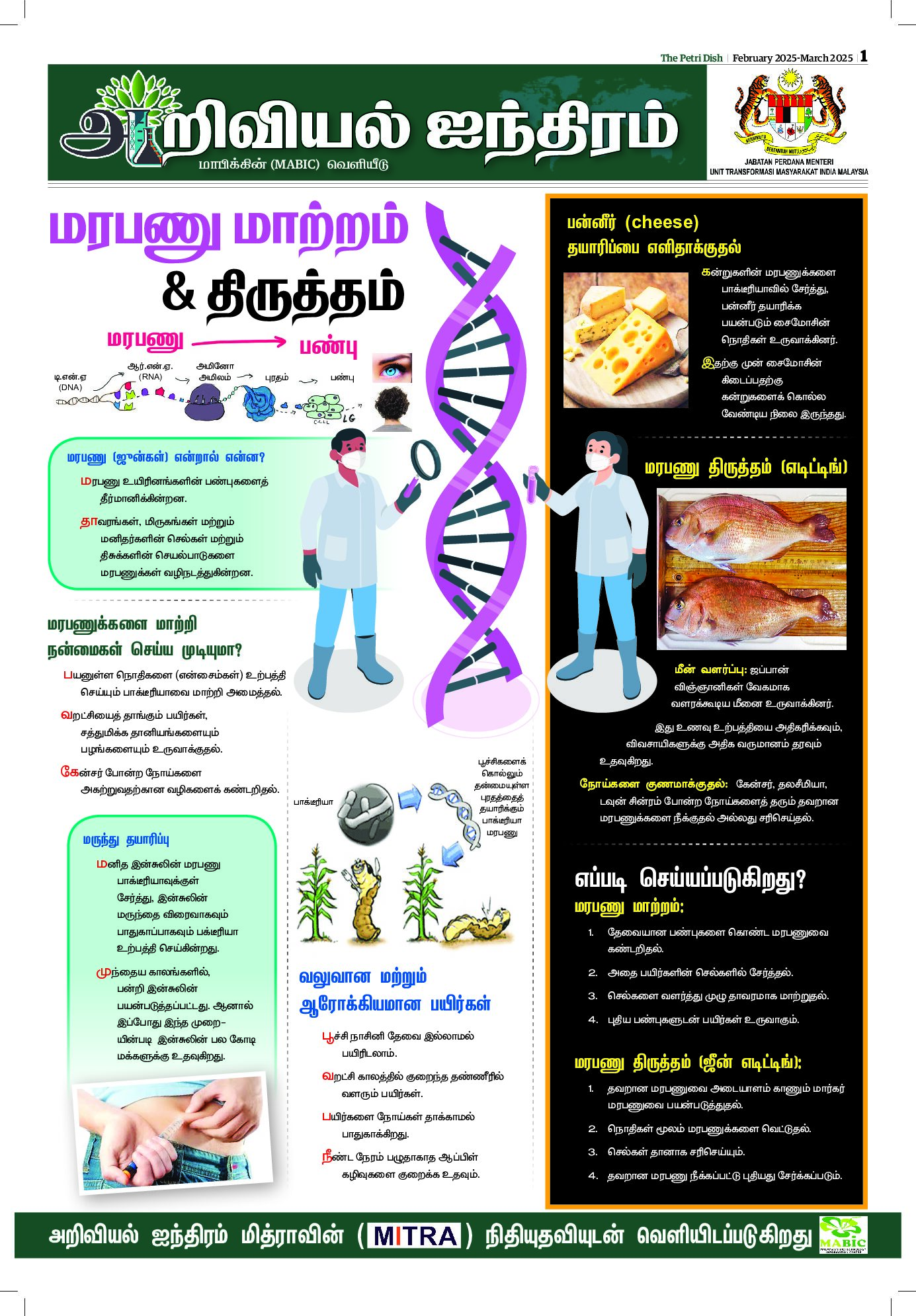The Informatics Department of FGV R&D Sdn Bhd (FGVR&D) was established with a vision to exploit and maximise the use of information technology in research and development. One of FGVR&D’s strength is the great resources and experience it has in oil palm research, especially breeding new planting materials.
The foundation of FGVR&D research is grounded in a diverse collection of oil palm germplasms and a broad range of research on breeding, agronomy, as well as pest and disease control in oil palm cultivation.
Over the years, many new discoveries and scientific records were made and became a treasure trove that would further strengthen future research programmes.
FGVR&D employs information technologies to manage research data in an efficient data sharing network and streamlining research work flows. Two applications, namely integrated oil palm genomic breeding platform and geographic information systems are currently being developed to assist breeders and field researchers to conduct oil palm trial studies.
Integrated Oil Palm Genomic Breeding Platform
An integrated oil palm genomic breeding platform (iOPGBP) was developed to enable data-driven plant breeding, traits selection, data management and monitoring of breeding programmes.
The iOPGBP is a web-based application that hosts all raw and processed breeding data in an integrated database and serves as a single reference point for creating crosses for breeding research purposes. It has several application modules to help facilitate the trials and studies.
Our breeding cycle begins with the selection of traits from a pool of oil palm germplasms.
The germplasm and parental module are among the core modules that store the background information of important germplasm materials.
These systems allow us to select the “traits of interest” carried by the materials for crossing and breeding of new planting materials with combined traits.
The iOPGBP manages the information flow which starts from day one of germplasm/parental selection, pollen and female flower preparation, cross design, seed production, trial design to field data collection and statistical analysis.
Thousands of data points are collected weekly from the field for each and every active breeding cross and trial available in FGVR&D. The iOPGBP is able to manage a vast amount of raw data and these are eventually shared among breeders. It enables data driven research for trend discovery and facilitates marker assisted selection in breeding.
Geographic Information System
The geographic information system (GIS) is another technology actively employed by FGVR&D in assisting planters to plan and manage the replanting programmes in oil palm plantations. In general, the GIS is a technology linking data, equipment, software and global positioning system (GPS) to assist in the analysis and monitoring of geo-referenced information. With the concept of good agricultural practices and precision agriculture, an accurate map of the planting fields are needed, including high spatial and temporal resolution sensor-captured images of surveyed zones.

can be captured in GIS and display
on a digital map.
GIS is often used in the plantations to produce digital maps with multiple layers of rich information. Different types of data can be entered into GIS and aligned with various digital maps.
For example, to prepare an oil palm replanting “blueprint”, digital maps can be derived from satellite images or unmanned aerial vehicles (UAV). Spatial information of replanting boundaries, terrace, drainage, rivers, main and sub roads can be mapped accurately using the UAVs attached with GPS sensor and camera for aerial and ground survey.
With a digitalised replanting “blueprint”, planters can efficiently plan for the planting density with a combination of different planting materials. At the end, planters are able to manage the replanting cost for maximising the potential planting area and efficient road system for fresh fruit bunch harvesting.
New information can also be added into the GIS database for the entire planting programme. Researchers can now track the patterns of pests and disease outbreaks and spreading of these diseases during onset and also be able to monitor patterns for a better yield prediction.
NOTE: Lee Yang Ping is a chief researcher of Informatics Department at FGVR&D, a subsidiary of FGV Holdings Berhad. He specialises in establishing core infrastructure for advance oil palm bioinformatics and genomics research. He is now managing oil palm biological information for the company as well as assisting the genomicists in biomarker discoveries using advanced bioinformatics algorithms. He is also involves in research in oil palm phenotyping using spectral imaging and remote sensing technologies. His team provides services for digital replanting map development and GPS mapping for commercial oil palm cultivation area. For more information, visit http://www.feldaglobal.com/our-business/plantation/rd-services or drop an email to yangp.lee@feldaglobal.com.















